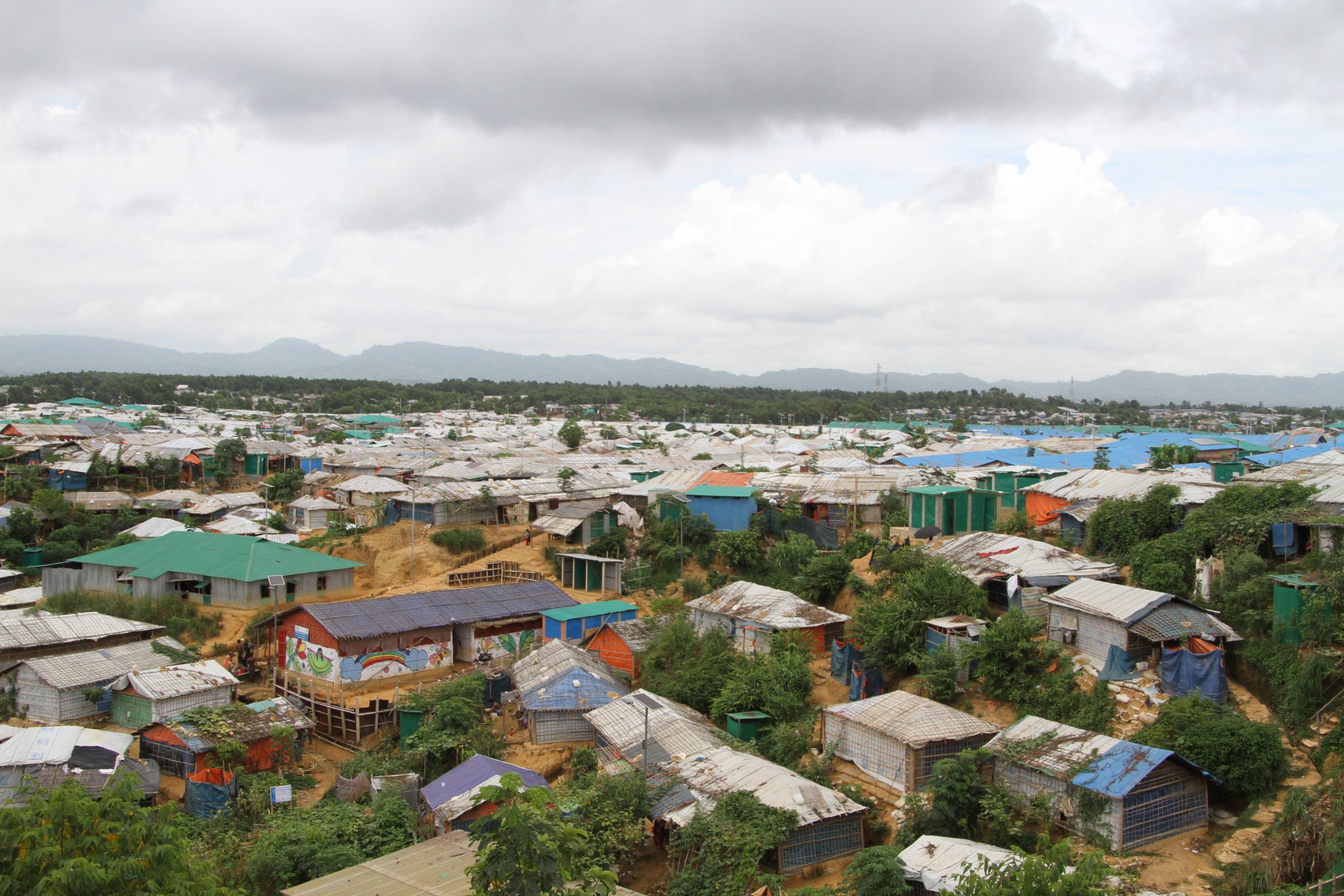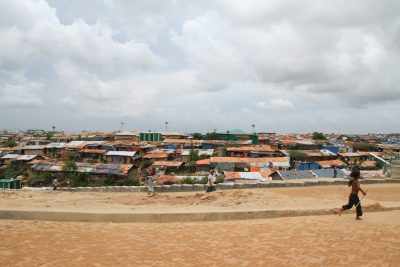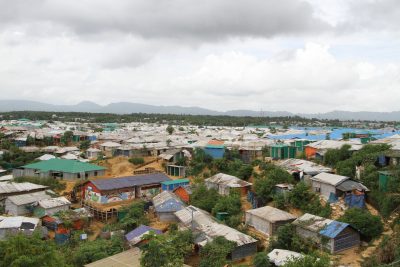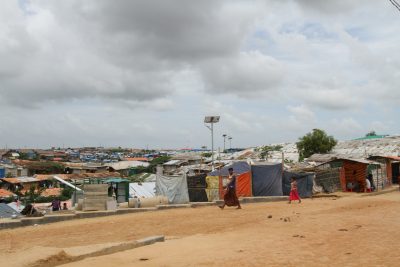
A Sustainable Lifestyle – A Story of #RohingyaResilience

The Rohingya lead a sustainable lifestyle.
In recent times, the impact of climate change on our planet is a hot topic. The debate is essential in almost all aspects of modern life. Whether you’re getting a coffee at your local café or listening to the US Presidential debate, you’ll see the effect of this phenomenon everywhere. While there are some in our society who reject the idea of climate change, the vast majority believe in it. People are constantly trying to play their part in being sustainable in order to make the world a better place.But, for some people, the world isn’t a very good place to begin with. In June 2020, there were 26 million refugees around the world. A large portion of these refugees are Rohingya refugees. By far, the vast majority of these refugees reside in a number of camps situated in Bangladesh. In June 2019, I visited Kutupalong, the biggest refugee camp in the world. I witnessed plight of the people and the effect the crisis had on the environment.
Environmental Carnage
Since 2017, more than half a million refugees have fled from Myanmar into Bangladesh. Forestlands have been either razed or cleared to make room for the influx of persecuted people. Studies have shown that 1500 hectares of vegetation have been lost since 2017. There are a million refugees in Bangladesh at the moment and with such a huge number of people, comes a significant amount of waste.

Kutupalong Camp was built on a migratory path for elephants.
Sewage is not managed particularly well, and that impacts the farmland that surrounds the camps. Traditionally, around Teknaf and Cox’s Bazar, there are multiple channels of Asian elephant migration. These channels have been interrupted by human presence and makeshift infrastructure. As a result, the elephants have nowhere to go and often come into the camps and trample the residents. When you add that to the loss of vegetation, the severe detrimental impacts of the refugee crisis become quite clear even to the naked eye. So, what is the response of the people who are at the heart of this humanitarian and environmental disaster? Their response is the same as always. They respond with #RohingyaResillience.

Solar panels are used by the residents
A Sustainable Lifestyle
The Rohingya lifestyle, as observed by me, is impacted by two major things – Religion and Culture. The Rohingya are largely Muslim, and they have a subcontinent influenced culture. Both of these ideals make for a sustainable lifestyle without an emphasis on excess. Even in times of distress, for example, living in a refugee camp, those ideals shine through in the population. It is very common to see tin roofs lined with all kinds of veggies and edible leaves which the people grow themselves, 100% organically. They do this because the rations are often too little, and of poor quality.

“Rooftop” veggie gardens are common Kutupalong
Alongside those veggies, it is not uncommon to see tiny solar panels that have been engineered with makeshift wires to run fans to escape the unbearable heat or charge phones and radios. Another big trend I noticed was the intent and ability to reuse things.
For instance, an overworn or torn Saree (women’s clothing), is sown into a thin blanket to protect against cold nights or chilly coastal wind that the flimsy bamboo walls of the camp accommodation are not able to keep out. Once that thin blanket is worn out, it is cut into several pieces and woven into mittens (or tea-towels) to handle hot dishes of rice or freshly cooked veggies. Once those wear out, the kids get to work and fashion balls out of it to play soccer or a Rohingya version of Hackey Sack. These are just a couple of examples of how Rohingyas lead a sustainable lifestyle – even when subjected to terrible living conditions.
Play Your Part
Essentially, when you look at refugee crises, you must first and foremost consider the human cost. Any situation that prompts a mass exodus and results in a refugee crisis takes a very large, very real human toll. This is true for the group that has been displaced as well as the host-community that the refugees then enter. The environmental impact of refugee crises is a distant second when it is weighed against the loss of lives and the acquisition of generational trauma. Be that as it may, refugee crises have a serious impact on the environment. While it is easy to sit back and say, “Well, if we solved all refugee crises, then the world would be better off”, it is not quite that simple. From an environmental stand point, this creates a strange juxtaposition. If magically – we were able to remove the crisis and keep the sustainable practices, the environment would be a lot better off. But we can’t do that. It’s not that simple. So, what can we do? Well from a purely humanitarian point we can make donations or volunteer our time to make a difference. From an environmental point of view? Well we can honour #RohingyaResillience and be more sustainable. Grow some veggies, and reuse more. With next to nothing in the world, these people are still doing their part for the environment. So next time, think about what YOU are doing – equipped with knowledge and privilege that these people do not have.
